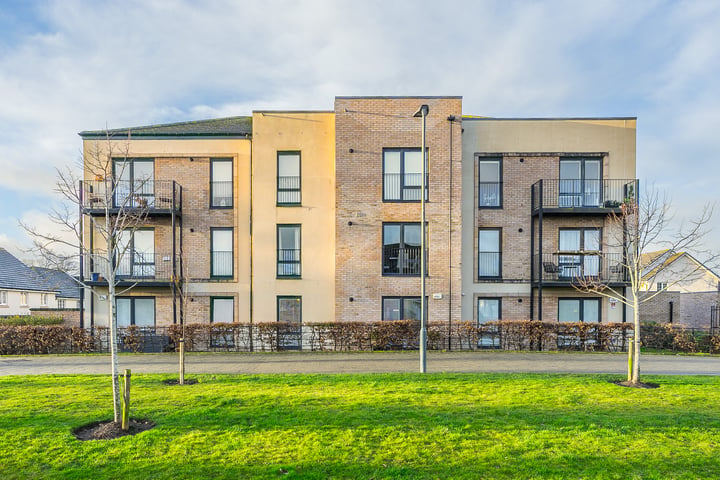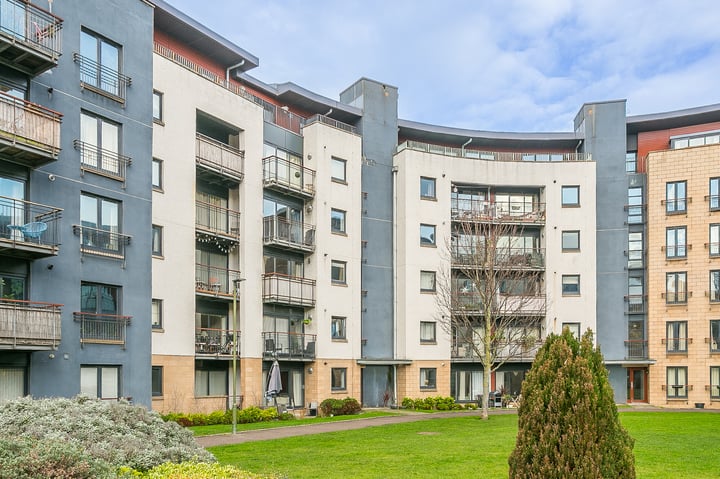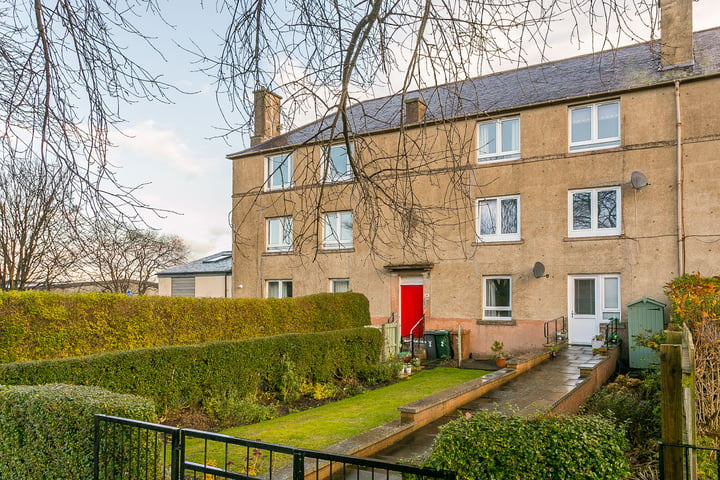Gosh, it’s been a short month and it feels like just yesterday that I wrote the last of these updates. But a month is a long time in the property market and there’s been plenty of news in the past month. In that time the news has been FULL of All That concerning the property market. It’s been a pretty mixed bag but mainly the reported statistics have been pretty grim. Of course, statistics only tell part of the story and the aim of this monthly newsletter is to help you to make some sense of what these statistics actually mean for you. The big question therefore is: is it really as bad as All That?
Well, I’ll give you a quick run down on the All That which has been happening in the past month. After that, I’ll let you know, as always, what we, as estate agents and solicitors who are engaged in the property market on a day to day basis, have been finding has actually been happening in the property market.
‘All That’: What the Press Has Been Reporting About the Property Market in the Past Month
1. Halifax is going to have to pay £500 million to customers who they bamboozled with complicated mortgage rates;
2. Rightmove (property website) reported that asking prices were up 3.1% in the past month;
3. Gross mortgage lending in Britain rose in January, year-on-year, by 5 percent to 9.2 billion pounds according to the Council of Mortgage Lenders, the first time there’s been a year-on-year rise since August 2010;
4. The country’s major lenders approved 41,000 mortgages for house purchase in January, the Bank of England said on Friday, the same number as in December and a stated that this is a further sign that the housing market remains in the doldrums;
5. Fewer people in Britain had their homes repossessed in the last three months of 2010, with low interest rates keeping many struggling Britons afloat;
6. The Royal Institution of Chartered Surveyors’ seasonally adjusted house price index rose to -31 from -39 in December, its highest level since July and better than the forecast of -38;
7. The ESPC predicted in its monthly report that property prices will ease back by 3-5% in most areas during the first half of 2011 before levelling off later in the year;
One of the largest estate agents in Scotland told me today that they foresaw a bad year for property prices with volumes and prices down.
Right, What Do All These Statistics Mean?
Let me address the headlines that I’ve reported above, in turn:
1. The Halifax payout is good news for borrowers and will hopefully help a lot of people who’ve been struggling with payments due to interest rate hikes that they didn’t expect to stay in their homes however I do fear that, as one of the largest lenders in the UK, Lloyds Banking Group may seek to recoup that money from somewhere else, such as the amount of money that they lend out in coming months, just as the market desperately needs increased lending levels;
2. Asking prices are totally irrelevant: it’s selling prices that actually matter. However, these figures do indicate improved confidence in property sellers and seller confidence is important to ensure fresh supply of properties to the market. Lack of seller confidence and therefore lack of supply in recent months has caused the number of properties coming to the market, and therefore choice available to property buyers, to become more restricted;
3. Any indication that gross lending is up is welcome. However, it’s the first time in a few months that we’ve seen this kind of movement and we need some prolonged period of increased lending before it will have a marked impact on the health of the property market.
4. Total number of mortgages remained static which, at the very least, means that things aren’t getting any worse on that front, in spite of predictions by some last year that lenders in 2011 would be seeking to do everything to reduce lending because they have to pay back government subsidies imminently. It is at least indifferent news rather than bad news!
5. The lack of repossessions due to low interest rates is good news in the short term but does not bode well in the slightly longer term as the committee that decides interest rates was reported in January 2011 to be increasingly ‘hawkish’ in almost voting for a rate rise;
6. The RICS (Royal Institute of Chartered Surveyors) figures are actually good news: that property prices are better than expected at the beginning of the year is a real move in the right direction.
7. The ESPC’s prediction of falling prices towards the beginning of the year and an annual fall of between 3-5% is not too drastic, though of course it would be far from ideal for home owners. The benefit, if there is one, would be a gradual increase in affordability for buyers and a drop in prices that’s not so severe as to completely devastate property sellers who, as long as they are buying something else, will benefit from the same property price drop in the property they are buying.
Conclusion: Bit of a mixed bag, but ultimately although all of these statistics are far from positive, and of course are scooped-up by the Press as making lovely Doom and Gloom headlines, they really paint a picture of slight decline or stagnation. They don’t really point to a housing price crash, which in these generally tough economic times is about as good as we have come to expect.
So Is It Really as Bad (or Indifferent) as All That?
Hmmmm. I’ll be totally honest: our outlook differs from that of most of the reports and also of many of our colleagues in the profession. Why?
Firstly, the majority of properties that we list and sell are in the east of Scotland and the statistics reported above are, for the most party, UK-wide statistics. Secondly, we sold tons of properties in February, leading us to think that the market was actually pretty good. However, that’s not what we’re hearing from other quarters, so perhaps we were just a little bit lucky.
It could just be because of a backlog of property buyers who built up over the snowy months of December and January and were just champing at the bit to buy a property as soon as they could get their cars out of their parking spots, but we have seen a real surge in the number of offers that we’ve been receiving in February versus the previous few months. For the first time in a VERY long time, the gap between the number of properties that we have been selling and bringing to the market has been narrowing, with proportionately more selling.
As has been the case in the past few months, one of the heartening things to see has been the mix of properties that are selling: from one bedroom ‘starter’ flats to large family homes. Of course, demand for family homes remains the highest, but homes at the other end of the affordability spectrum also seem to have found their level and, as long as people are taking our advice on pricing, they are selling. The great thing for us is that property sellers seem to be clued-up as to what has been happening in the past couple of years and we encounter very little resistance now, compared with a couple of years back, when we deliver our valuations. Indeed, some people have become so pessimistic and battered by the Doom and Gloom that we, for the first time in a long time, can be the bearers of surprisingly good news when informing them of valuation. Hallelujah!
So, in Conclusion…Are Things Not Too Bad or Are We Doomed Cap’tn?
We remain cautiously optimistic for 2011. As I said earlier, most of our business is in the east of Scotland and this area remains more buoyant than most of the rest of the country. In this area, good properties, in good condition and in traditionally desirable areas will still sell as long as the sellers don’t price themselves out of the market. And the ‘top to bottom’ drop from the peak of the market in 2007 in many of these cases really isn’t as drastic as some property owners fear. As I say, it’s nice sometimes to be the bearer of good news!
So the conclusion to draw from all of the Press in the past month? Nothing very much has changed since 2010. Prices, lending levels, repossession levels all remain pretty static. Interest rate rises could prove to be the fly in the ointment, depending on how far they have to go to counteract surprisingly high inflation stats for last month. However, meantime, it’s business as usual.
Speak to you next month!






Leave a Reply